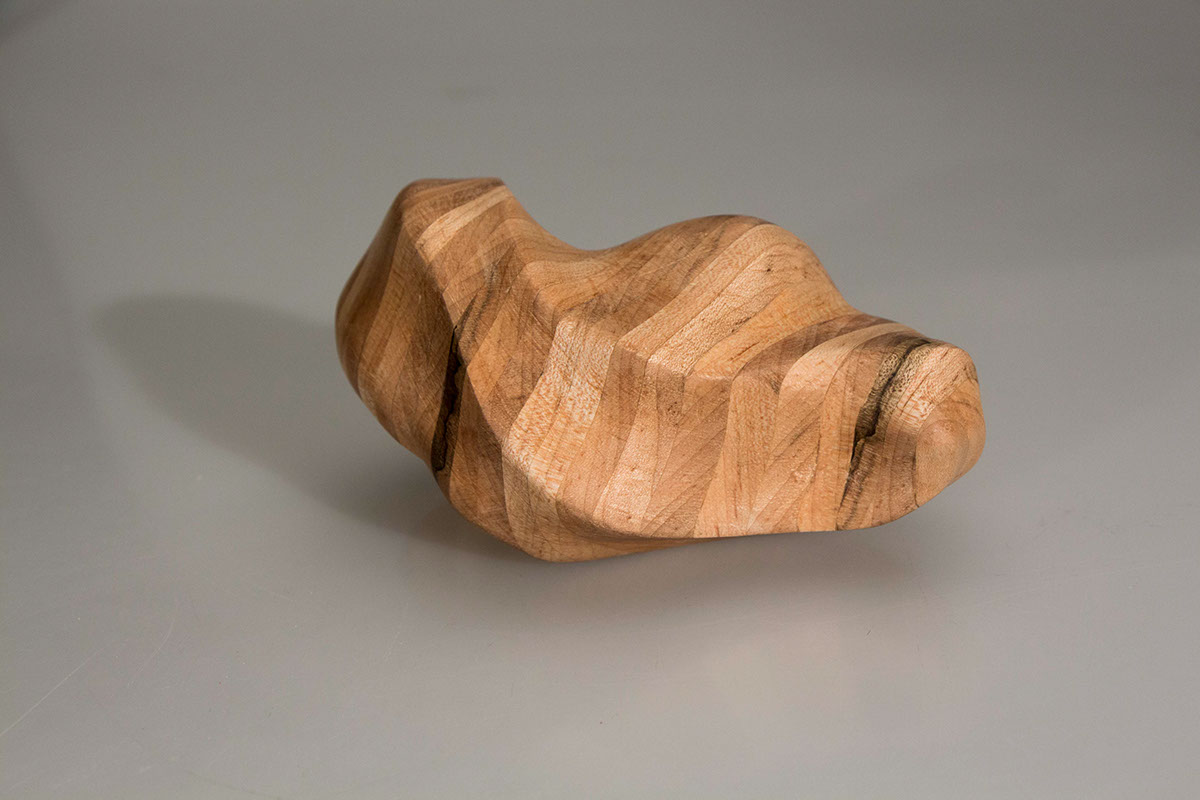Platonic Solids
Everyone has made a cube before, it’s simply six squares folded together. However, it was a lot more complicated to construct a tetrahedron or an icosahedron. The pivotal part of this project was making clean lines and precise measurements. For the four smaller ones, it was a lot easier to do that since all the angles were based on 45/90 and 30/60 triangles. However, dodecahedrons require constructing 108 degree angles with a compass and required me to be even more sensitive to accuracy.
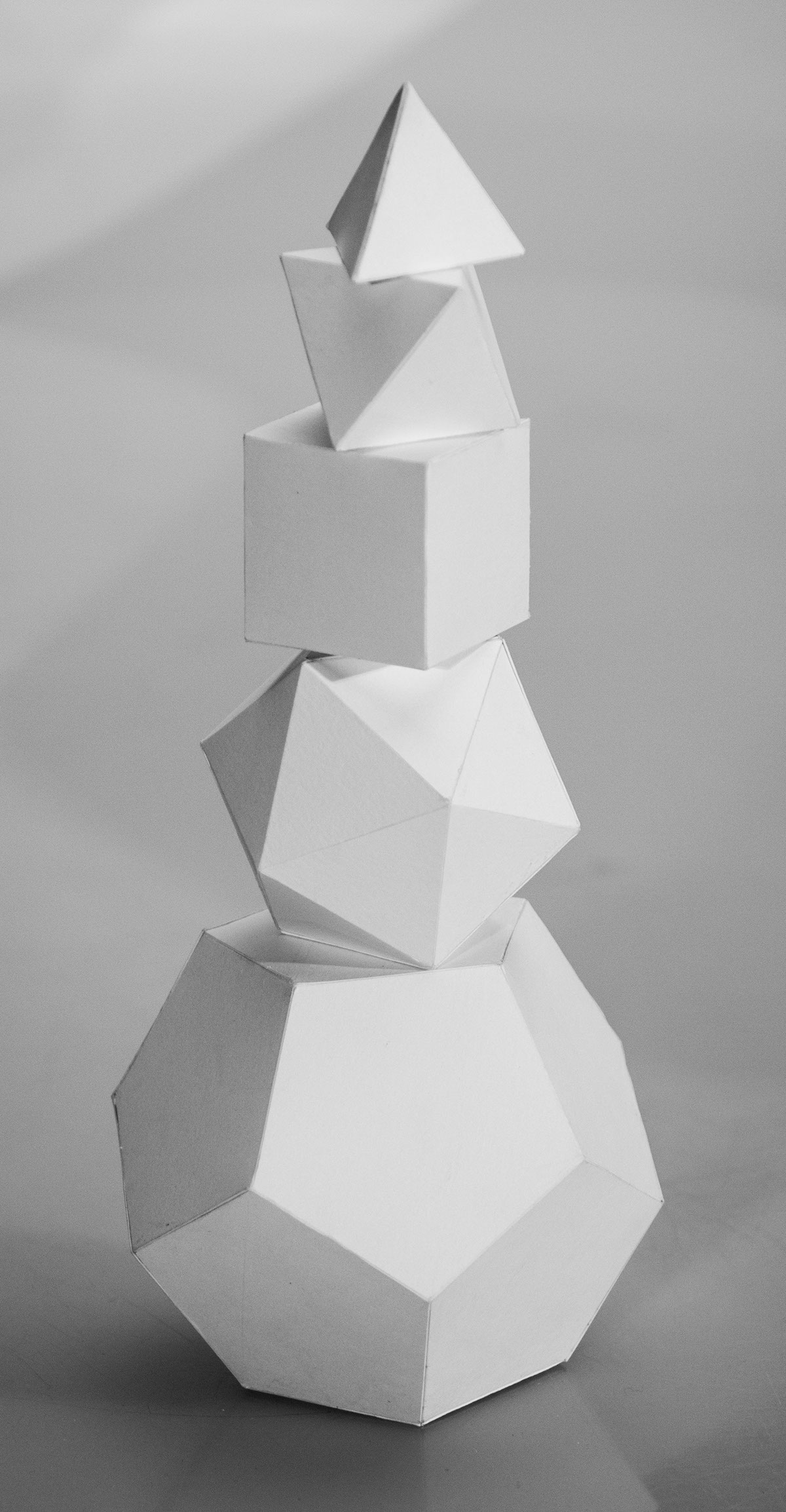


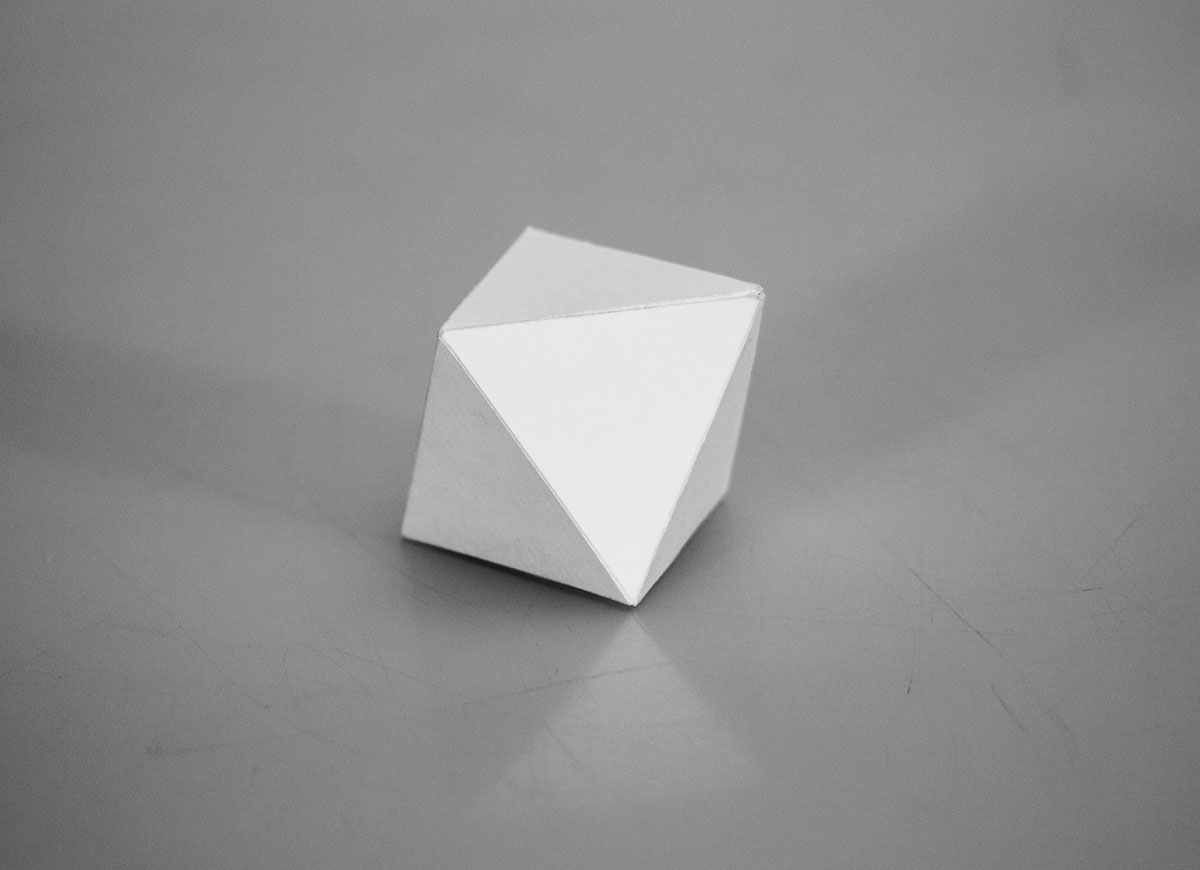

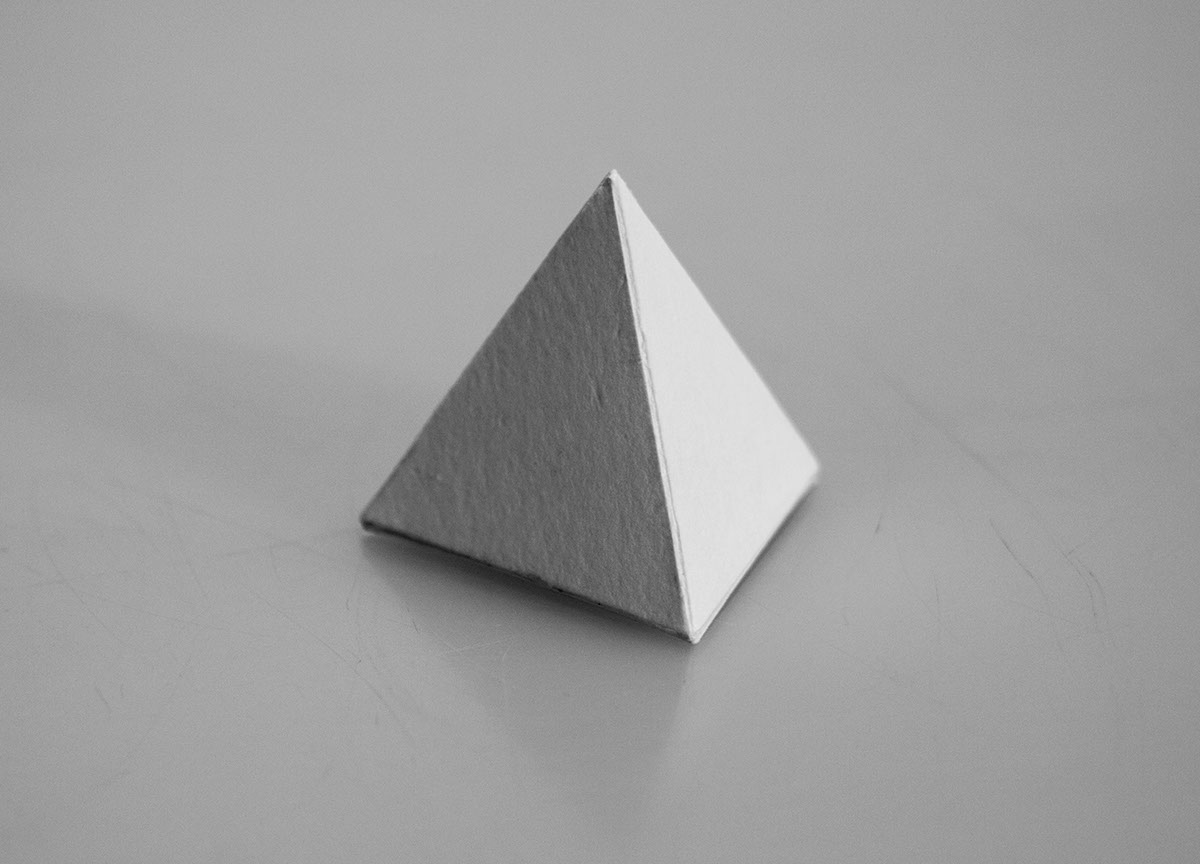
Unique Symmetrical Polyhedron
Stepping away from the world of defined templates for a shape, the Unique Symmetrical Polyhedron required a lot of exploration. Since it’s extremely difficult to imagine a unique shape and how each fold looks like flattened, the only way to approach this project was to cut out shapes of paper, and find out how they interact with each other after folding edges at various angles. Only until you create a rough version of a face made from pieces of paper taped together can you flatten it out and see what it looks like as a net template. My final shape evolved greatly from my original design; each face went through two or three iterations until finally finding the right combination. This project helped teach me when to abandon an idea that leads no where and work to discover something new that is likely far better.



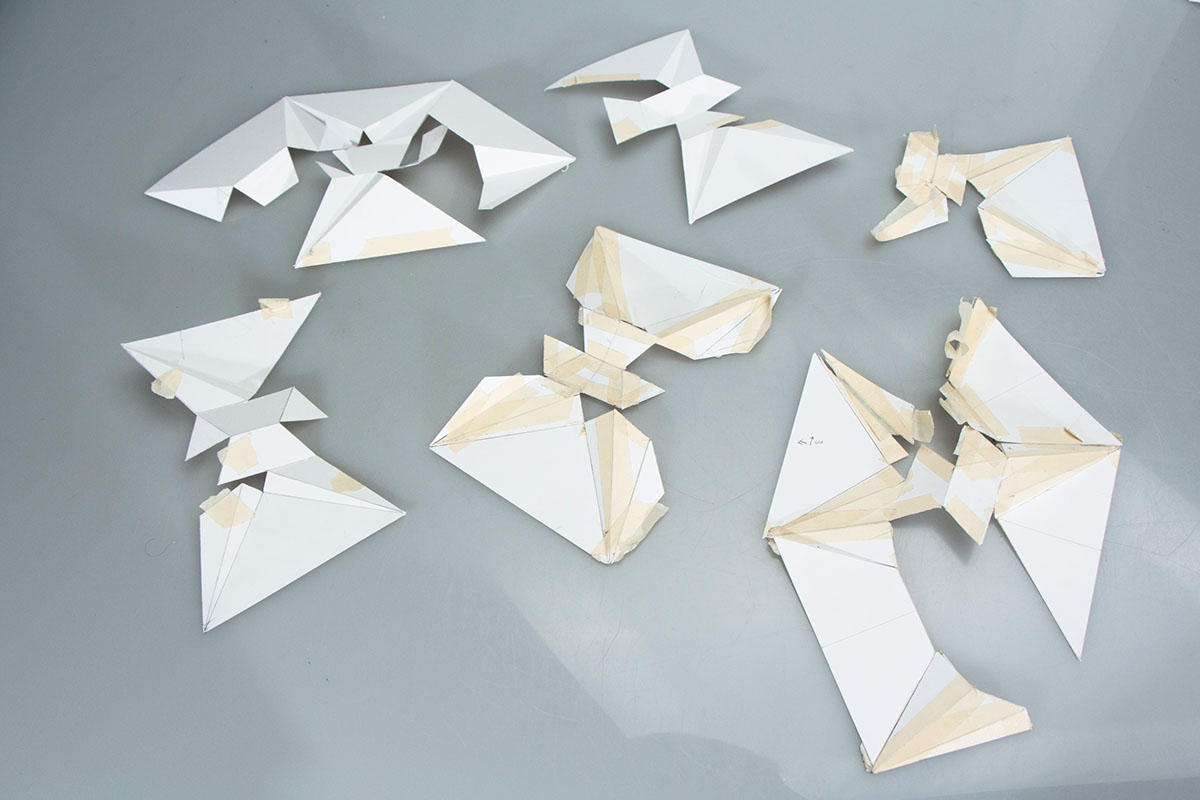

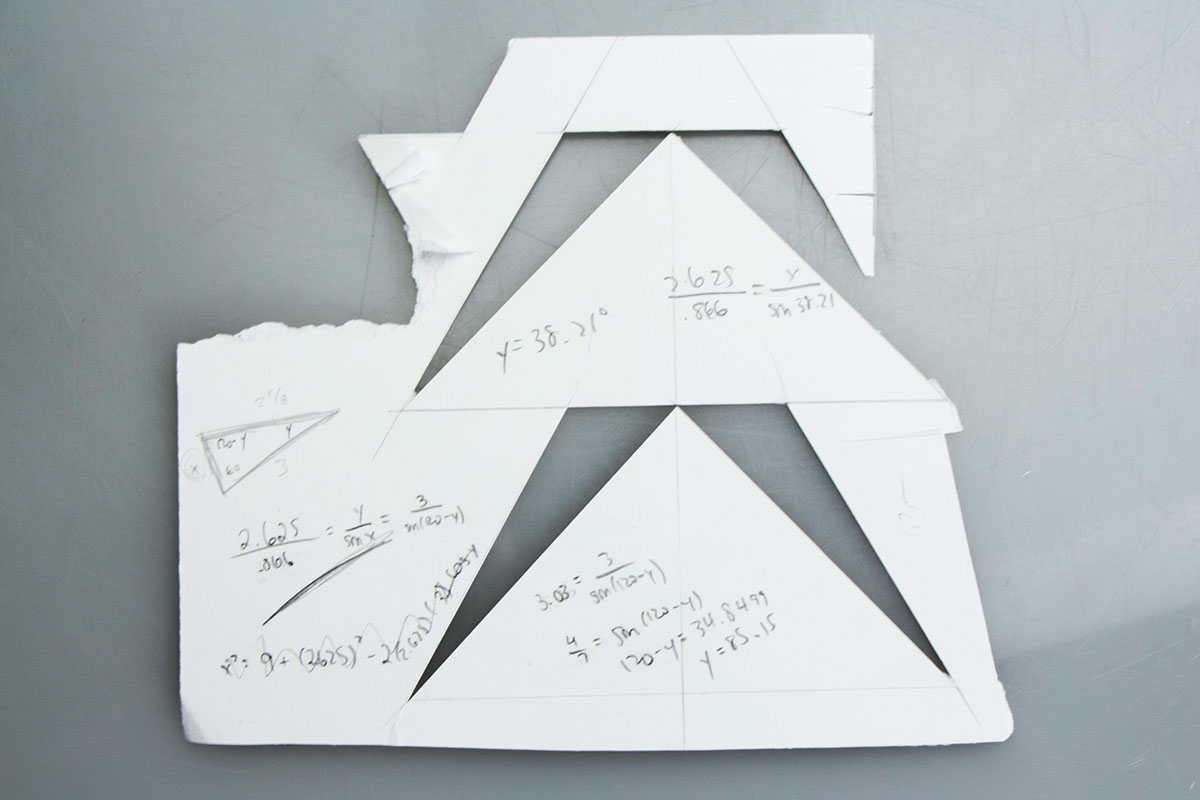
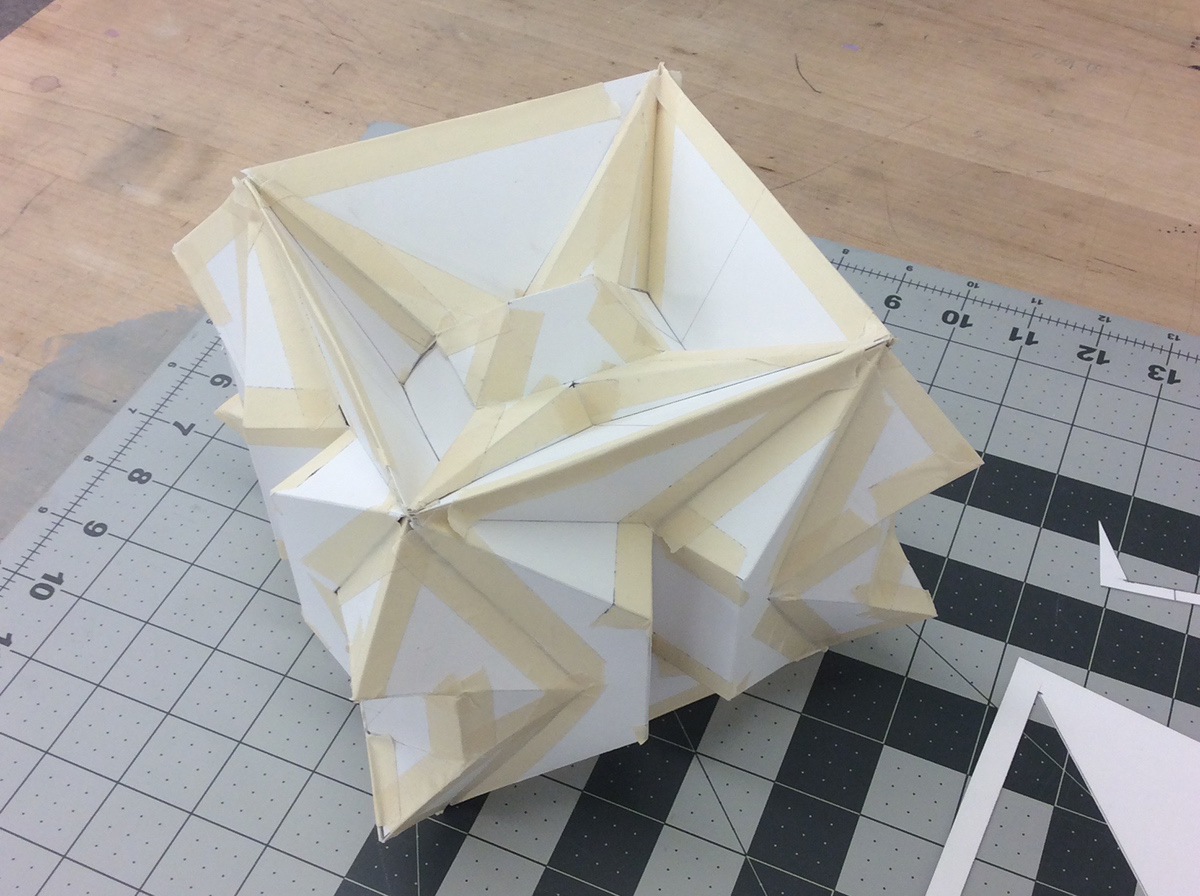
Body Mantle
When doing my body mantle, it was clear that staying away from the simple idea of a garment or article of clothing would create the most appealing product. I felt like if I forced myself to step away from the common and known, I would be able to come up with something more interesting and impactful. That is the culmination of this project: an extension of my body that portrayed how complex being a human really is. The final mantle spiraled down my body, creating continuous motion.
Originally, my 100 item was completely different: palms from bushes around campus. However, after experimenting with them, they created quite a boring design for a couple reasons. They were to similar to simple weavings, and it created an extremely flat design. I realized I wanted something that could be more three-dimensional, so I started to think about other things like cotton balls and napkins, items that had the same kind of natural feel to them. Using the hardware cloth as my connector allowed the loose and flimsy napkins to have structure and form otherwise impossible to achieve.
The napkins used in my body mantle are made from 100% recycled materials. Recycling is a periodicity, and my body mantle exhibits that idea since it spirals down my body. Our bodies are essentially big recycling centers; we take food, air, and energy from our surroundings and use it, but then contribute to the ecosystem in other ways, like exhaling carbon dioxide. Threading the napkins through the holes this way created a floral texture, accentuating the natural aura of the piece.
Originally, my 100 item was completely different: palms from bushes around campus. However, after experimenting with them, they created quite a boring design for a couple reasons. They were to similar to simple weavings, and it created an extremely flat design. I realized I wanted something that could be more three-dimensional, so I started to think about other things like cotton balls and napkins, items that had the same kind of natural feel to them. Using the hardware cloth as my connector allowed the loose and flimsy napkins to have structure and form otherwise impossible to achieve.
The napkins used in my body mantle are made from 100% recycled materials. Recycling is a periodicity, and my body mantle exhibits that idea since it spirals down my body. Our bodies are essentially big recycling centers; we take food, air, and energy from our surroundings and use it, but then contribute to the ecosystem in other ways, like exhaling carbon dioxide. Threading the napkins through the holes this way created a floral texture, accentuating the natural aura of the piece.

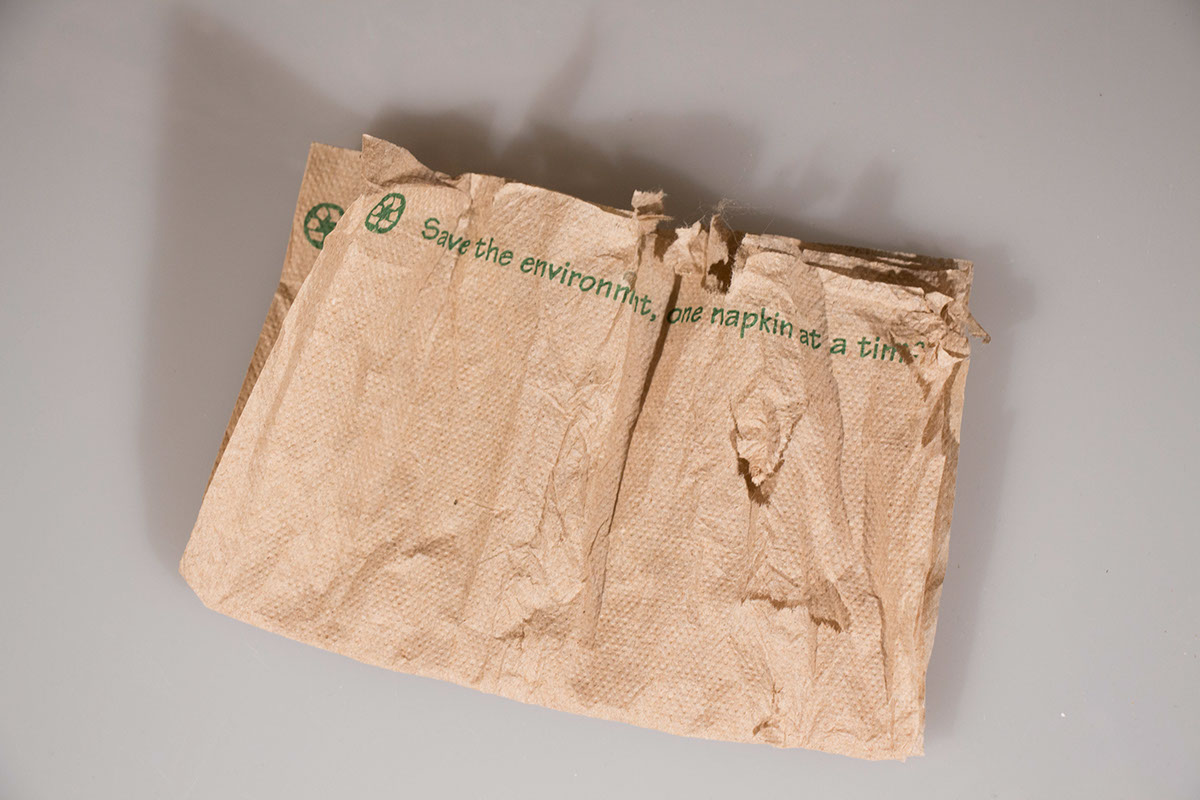
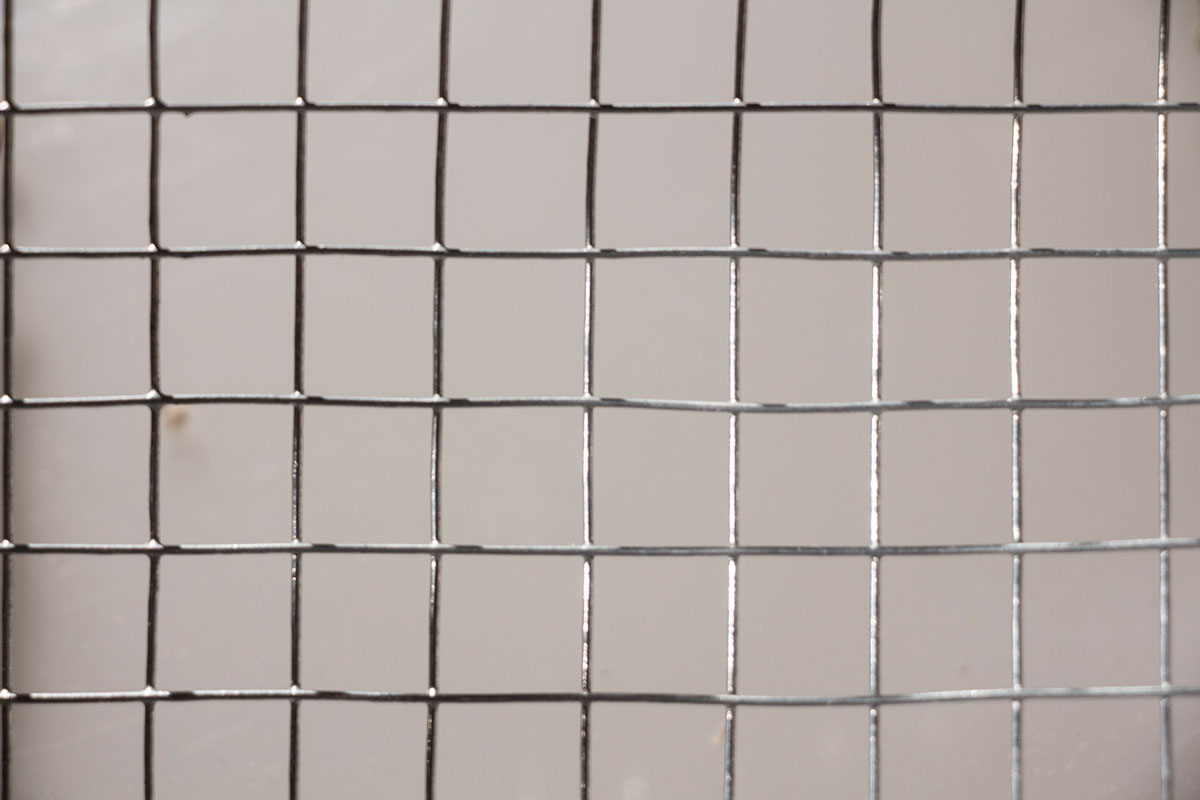
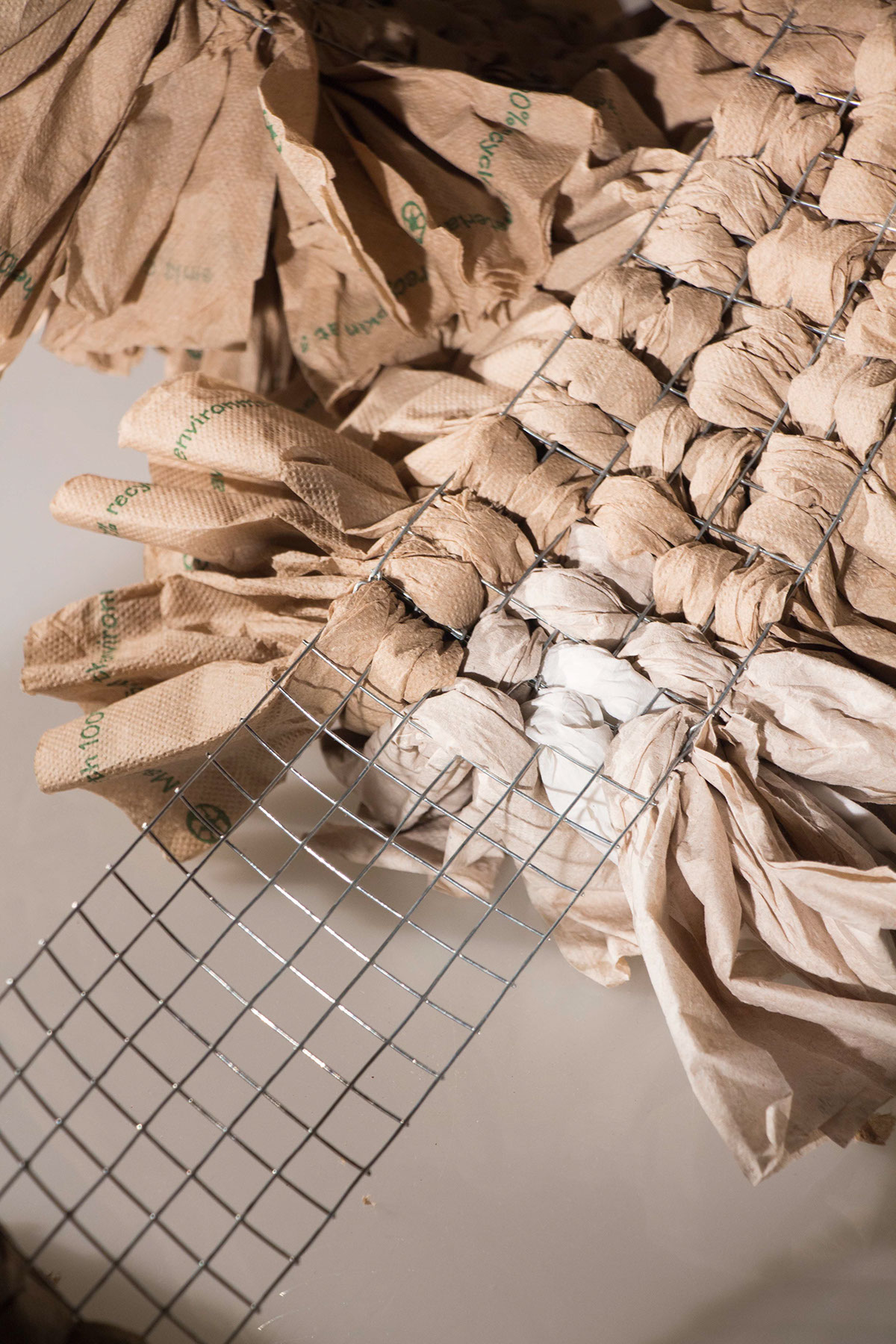

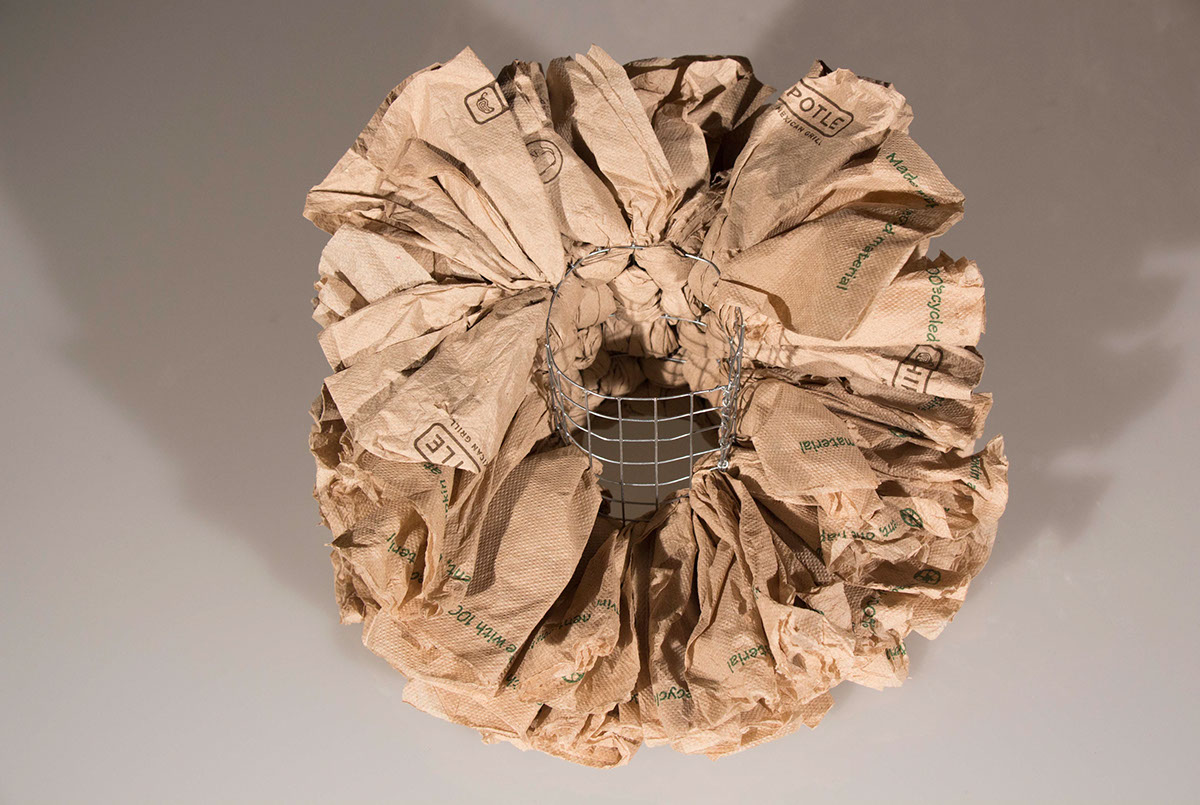

Monolith
Beginning the monolith was what I most looked forward to in 3D Design. I was excited to be able to work with my hands and tangibly form an organic and complex shape. Working with the clay allowed for a malleable form to achieve the shape and details anticipated in the final. The clay was able to hold both sharp edges and smooth curves. Next, the foam core model simplified the piece into layers to determine what pieces of wood would need to be cut out. The staircase nature of the foam core and the wood needed to be rasped down to reveal the original, true form of the monolith. Using the rasps and files was a tedious but rewarding experience because the process was akin to discovering the form all over again in a new language.
The best part about this project was feeling how the mass fit in your hands. It was intriguing to continue discovering new ways to hold it, and it was very satisfying to feel how smooth the texture had become.
The best part about this project was feeling how the mass fit in your hands. It was intriguing to continue discovering new ways to hold it, and it was very satisfying to feel how smooth the texture had become.

